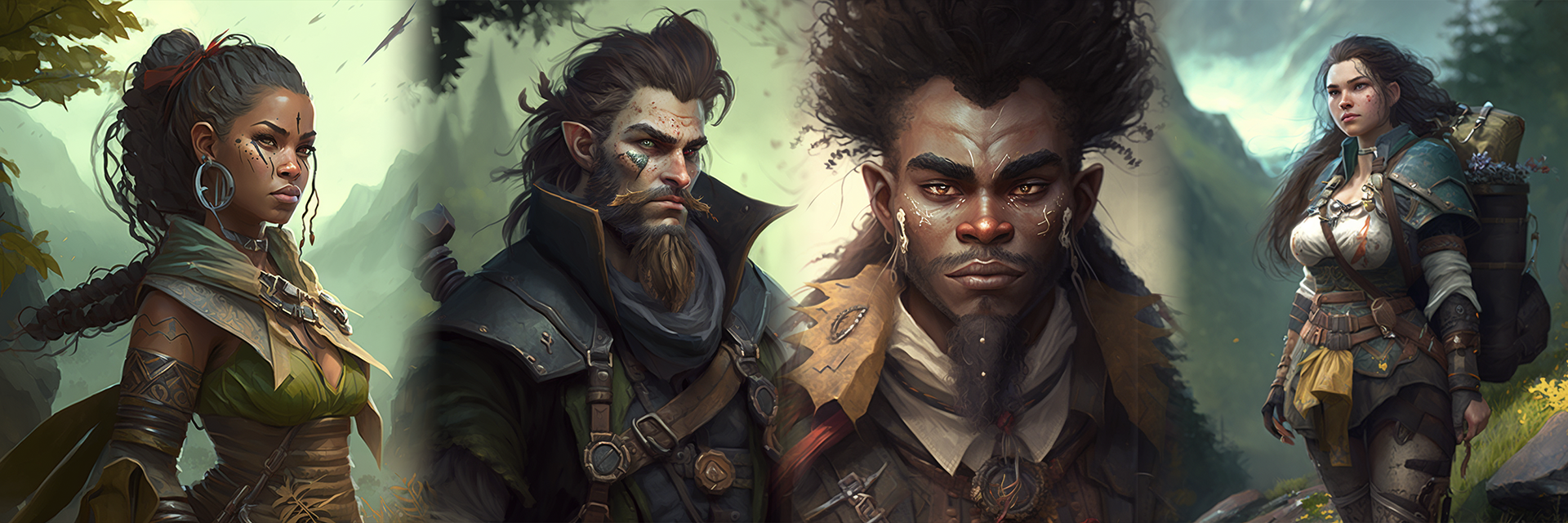Dwarf Giant
Dwarf Giants, sometimes called known as Stone Giants, are somewhere between their Dwarven and Giant ancestors in size, physical characteristics and temperament, tending toward the more solitary nature and lifespans of their Giant parents.
Dwarf Giants have not come directly from the pairing of a Dwarf and a Giant in centuries, so far as anyone knows. Most originate from the Dwarves in Jotunheim before and shortly after the Wall of Winds was conjured at the end of The Iron War, mostly in the south of Jotunheim.
They are vanishingly rare south of the Wall except for the northeast of Nidavellir in the Amar Mountains. Giants and Dwarves mature at significantly different rates in their societies, but physically at similar rates, and would be considered adults by the standard of who raised them. They share their Dwarven ancestor's love of craft, mountains and stone, and their Giant ancestors love of solitude and cold, windy places.
Dwarf Giants have not come directly from the pairing of a Dwarf and a Giant in centuries, so far as anyone knows. Most originate from the Dwarves in Jotunheim before and shortly after the Wall of Winds was conjured at the end of The Iron War, mostly in the south of Jotunheim.
They are vanishingly rare south of the Wall except for the northeast of Nidavellir in the Amar Mountains. Giants and Dwarves mature at significantly different rates in their societies, but physically at similar rates, and would be considered adults by the standard of who raised them. They share their Dwarven ancestor's love of craft, mountains and stone, and their Giant ancestors love of solitude and cold, windy places.
Basic Information
Growth Rate & Stages
Dwarf Giant age stages take after whichever culture they are raised in, but all things being equal, they lean toward their elven side in this regard. They reach full size around 20 years of age, but are still considered in their youth until the age of 100, at 200 they are usually done with their procreation years, and are considered an elder at 300 years old, reaching an average of 500 years of age.
Legacy Beings take on traits of each of their parent species. A single Giant far back in a long line of Dwarves will make for a present day Dwarf Giant with mostly Dwarven characteristics.
Choose which of your parent species you take after more, then take the Stats and Prime Traits of that parent species, and the Legacy Trait of the other parent species.
Origin/Ancestry
Mortal
Lifespan
500
Average Height
9-10 ft
Geographic Distribution



Comments